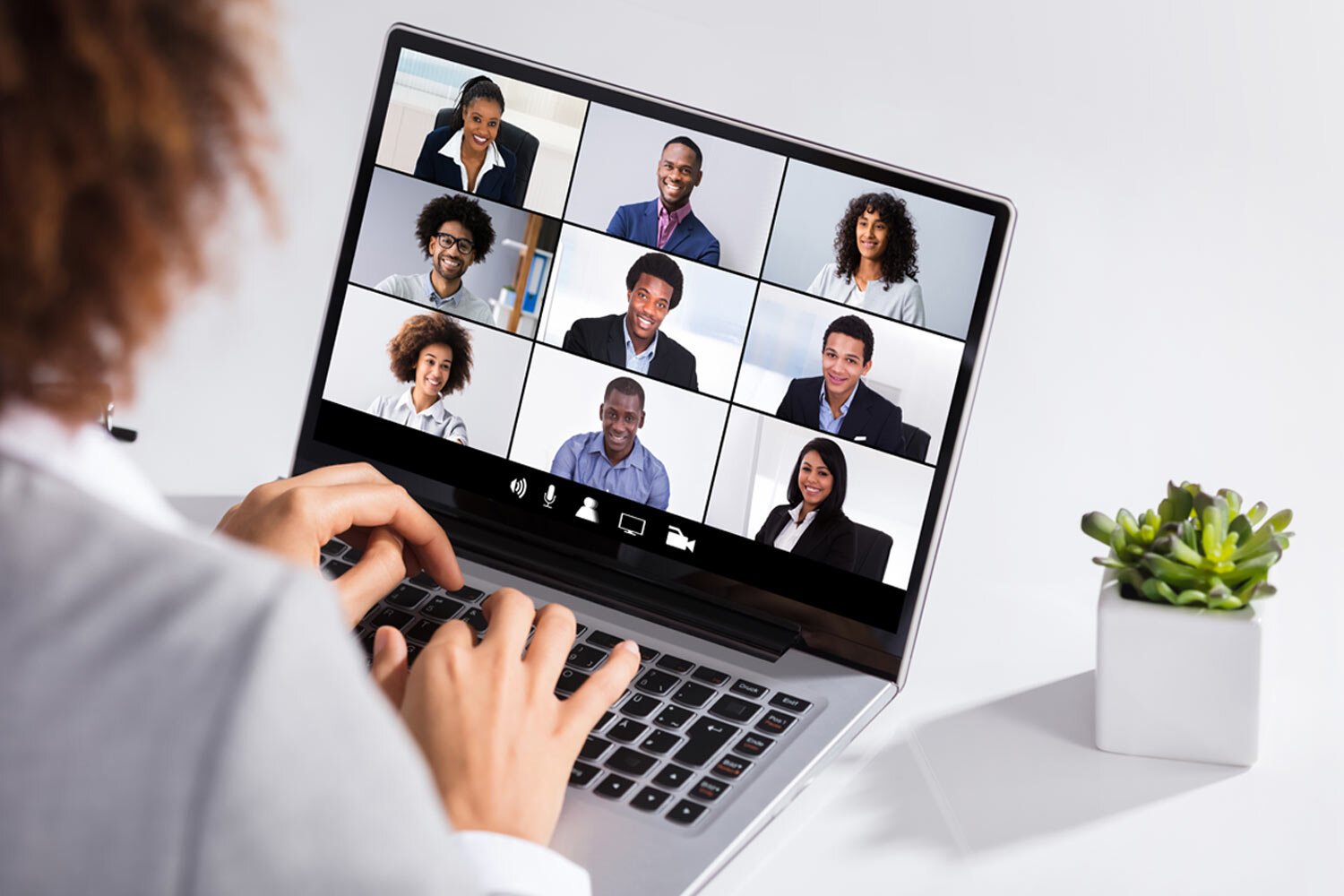5 Ways to Incorporate Cutting-Edge Technology Into Your Digital Learning Strategies
Technology has worked its way into and around most facets of our lives, and corporate learning is no exception. In fact, a survey conducted in 2020 showed that 85% of businesses use digital learning in some capacity. The future of learning is here, ushered in by innovation and elevated by the necessities of a changing world.
If you’re tasked with learning and development initiatives, it can be difficult to know where to start when you’re staring down the mountain of solutions, concepts, and best practices out there. You may need to meet the needs of a wide-range of users, on top of ensuring that time-strapped employees are actually getting something out of the training programs you work so hard to coordinate.
Here are five tips for incorporating technology into your learning development programs to produce greater learning outcomes (and better ROI).
One well known global cloud service provider does prioritize best practices, and collects this data in an internal document called a WinWire. WinWires are published and shared throughout the company’s intranet. A great idea in theory, but in practice creating a WinWire was a time-intensive, collaborative effort that stretched across different roles involved in the sales process.
Due to inefficient processes and competing business priorities, one business unit was able to collect just 8 WinWires in the first three quarters of the year - a number that was far, far lower than won deals.
This WinWire drought hampered improvements and innovations that reached across the organization: from impacting how the company collaborated with its ecosystem of partners to close a sale, to limiting the effectiveness of the organization’s go-to-market abilities. Prime 8 was brought in to create a better mechanism for creating and managing WinWires, ultimately boosting the company’s market visibility.
Micro-Learning
We may have Twitter to blame (or thank) for this one. The idea that small amounts of information can be shared and absorbed effectively is one that has taken the employee learning development world by storm. You can use micro-learning platforms to create videos, assessments, podcasts, infographics, and more. In addition to being incredibly efficient, the idea behind micro-learning is that small bits of information are more easily assimilated than larger chunks. Once created, content can then be uploaded into an LMS to be accessed at an employee’s discretion and convenience.
Try using micro-learning in situations where trainees are remote, or infrequently at the office. The ability to learn large amounts of information in a bite-sized amount of time is exceptionally helpful in these situations. You might also use micro-learning to provide an introduction or teaser for an upcoming training course, or to “refresh” your learners with key points from a course they recently finished.
Gamification
Gamification has been the buzz for years, and you’re likely aware of how powerful it can be when it comes to learner retention and engagement. Gamification often takes real-world scenarios and converts them into games — which may incorporate feedback, leveling, leader boards, scores, or themes. Incorporating gamification into your strategy may be as simple as tapping into new features of your LMS or may require an overhaul of your tech stack. To get started with gamification, here are a few ideas:
Gamify the data you’re already measuring. If your learners are being scored on quizzes and tests, can you convert those results into visible achievements in the form of progress bars or badges? Make sure you’re tapping into and maximizing the gamification options that your LMS may offer.
Observe gamification that works well. Pay attention to apps and platforms you’re already using (at work and at home) and note which gamified elements hold your attention and motivation. Keep exploring!
Play more games. You can draw a wealth of inspiration from video games. If you don’t think of yourself as a gamer, you might be surprised by the variety of games available: from realistic simulation games to sandbox games where you can create without inhibition. It’s not all shooters, spaceships, and dragons.
xAPI
xAPI is a specification that communicates with e-learning platforms to mine data about the employee’s experience in training programs and other interactions or software. This data can be used by employers to suggest learning material, quantify and qualify the user experience or job performance, and assess which platforms are the most effective in a particular learning niche. The xAPI spec is versatile in its use, easy to implement, and helpful in both the assessment of the e-learning options currently in use and their effectiveness across a variety of users. It also tracks the user’s activity on social media and other interactions to better instruct you on which interactions best support the learning experience designed for your employees.
To get started with XAPI, you’ll need to enable your current LMS tool to support xAPI packaged content. You can do this yourself either by implementing the xAPI launch spec or by enlisting a third-party software system to do so on your behalf. Prime 8’s experienced LMS Administrators can help with this process.
Mobile-First Design
Developing learning material with a mobile-first design is not only smart in the current age, it’s necessary. The ability for employees to seamlessly jump back and forth between their mobile device, tablet, and laptop is key to effectively incorporating technology in whichever learning development platforms you decide to use.
Final Thoughts
Learning and development has come a long way in the corporate world. Gone are the days of wheeling in the dry erase board and relying solely PowerPoints on training day. Today’s workforce necessitates ease of use, versatility, mobility, and immersion to effectively absorb and assimilate information required to do the job. Innovation solves most (if not all) of these needs and can provide incredible business value to the organization now and well into the future.
To see how we’ve helped other companies implement cutting-edge technology in their learning solutions, take a look at a few of our customers stories, or reach out to learning@prime8consulting.com to explore how we can help you.




















